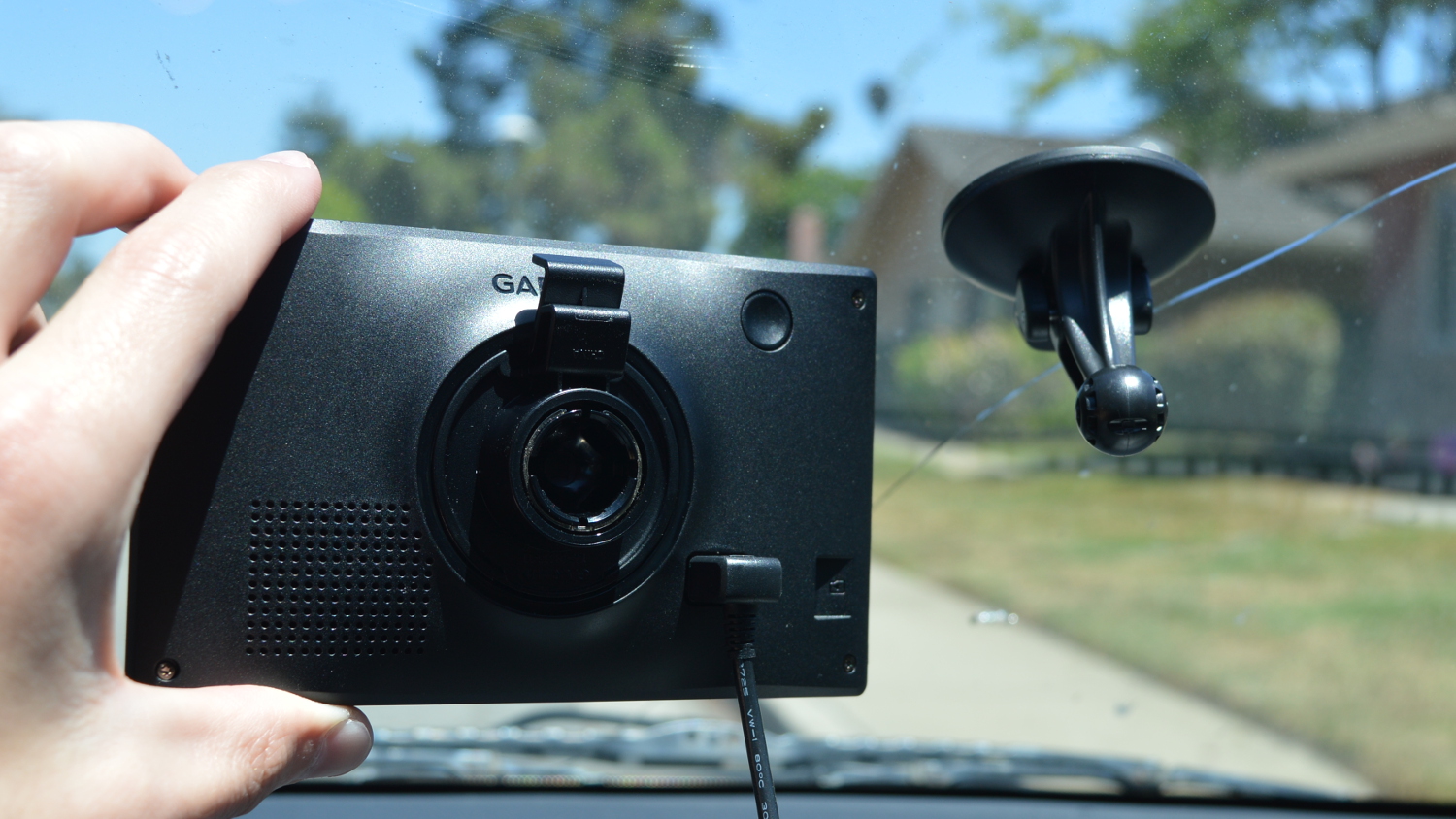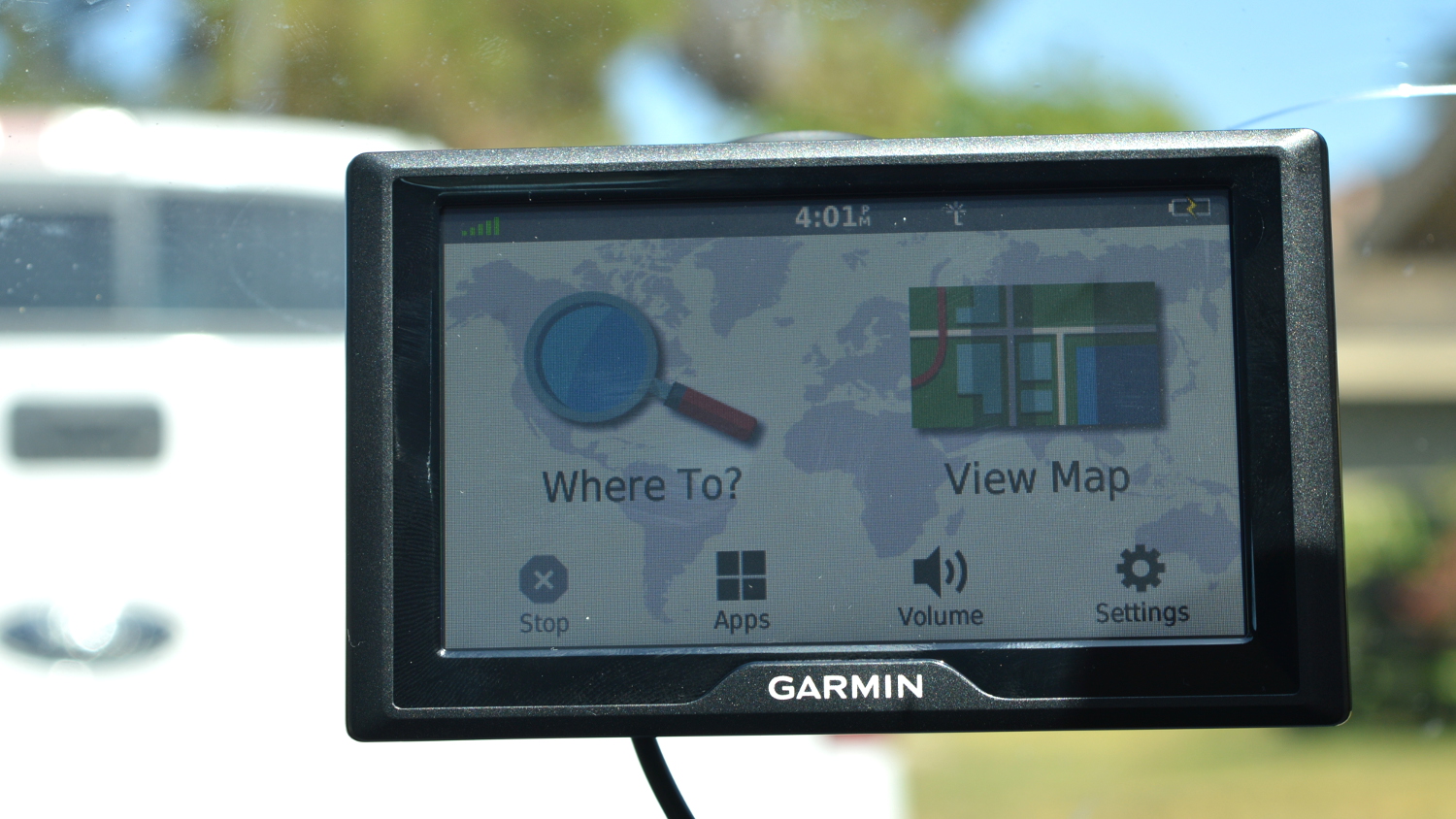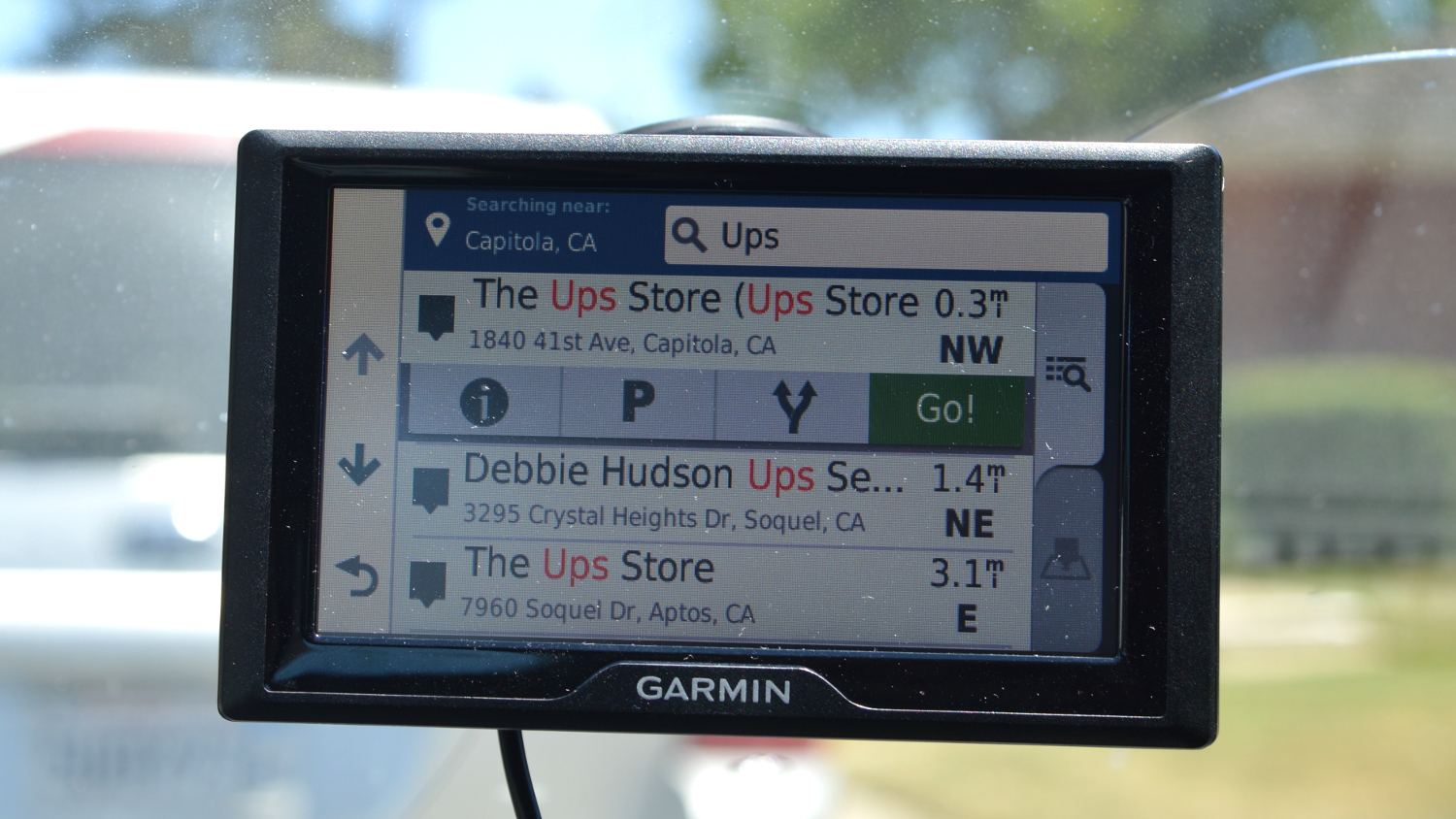TechRadar Verdict
If you’re not into using your phone for navigation, then the Garmin Drive 51 LMT-S is one of the best GPS options out there – barring the more expensive Garmin Drive Assist 51.
Pros
- +
Compact
- +
Easy to use
- +
Intuitive navigating
Cons
- -
Outdated interface
- -
Robotic voice
- -
Expensive
- -
Doesn’t always take the best route
Why you can trust TechRadar
Who would have thought that more than 10 years after the introduction of the first iPhone, companies like Garmin are still making GPS devices?
Well, it is – and it’s gotten a whole lot better over the past few years. Take, for example, the Garmin Drive 51 LMT-S, which offers plenty of features that might make you think twice about using only your phone for navigation. How much is it?
But thinking twice isn’t the same as going out and buying a GPS. Is the Garmin Drive 51 LMT-S worth the $170 (£160 / about AU$225)? We put it to the test to find out.
Design and display
When you first take the Garmin Drive 51 out of the box, you’ll notice that it’s relatively small and compact, which we found to be a good thing. The device itself is 5.5 x 3.3 x 8 inches (14 x 8.4 x 2 cm), relatively small for a device like this.
Setting up the device is actually very easy. In the box, you’ll find a suction cup mount for your windshield or dash, along with a base plate for the GPS.
Attach the suction cup to your windshield or dash, the base plate to the GPS unit, and then attach the two sections together. You’ll then plug in the USB cable and you should be good to go.

While the unit itself already has maps loaded onto it, in case there’s not enough storage it also has a microSD card slot. So, if you want to load more than your continent’s-worth of maps onto the device, you’ll be able to do so.
Sign up for breaking news, reviews, opinion, top tech deals, and more.
The display itself isn’t all that impressive in terms of resolution at 480 x 272 pixels, but considering the blocky-text large icons, it doesn’t really matter much.
The 5-inch display was perfectly fine for us, though users with poor eyesight may want to opt for the 6-inch version, or get used to relying on voice navigation.
The battery life on the device comes in at one hour, which isn’t all that good. We would have liked to see a longer battery life, as it basically means that you won’t be able to do more than local trips without a top-up on the battery.
Interface
Once you set the physical device up, you’ll want to set up the software, which largely includes selecting your language and region. It’s all pretty straightforward.
Once you go through the few steps necessary to set up the device’s software, you’ll be brought to the home screen, where you can either check out the live map or search for a location to navigate to.
The buttons are nice and big, which makes it easy to control the device when you’re driving. Of course, we recommend setting up your navigation before you start actually driving.

The search function on the device is generally pretty good. You can search both for specific addresses, or points of interest, in case you don’t happen to have a specific address for your destination.
Garmin does this by pulling from its massive database, as well as destinations sourced from Foursquare. You’ll also find TripAdvisor ratings, which can help you find the right restaurants and hotels.
Perhaps the worst thing about the user interface is that it seems a little dated. Of course, that’s coming from someone who uses Google Maps – an app that’s regularly updated and tweaked.

Still, even after being updated with the latest firmware we think Garmin could stand to work a bit on modernizing the look of its software.
From the main screen, you can also tweak the device’s settings. There’s quite a few settings to go through, if you’re so inclined, including the kinds of voice alerts you want (school zones, speed alerts, etc.), whether you prefer to use side roads rather than highways, and even the style of the map.
Navigation
The Garmin Drive 51 LMT-S offers both voice and visual navigation, and it does pretty well at both of those things – with a few quirks.
Let’s start with visual navigation, which we found to be clear and precise. The system was good at showing lane navigation where helpful – so if there’s a fork in the road it’ll clearly tell you which lane to stick to to get to your destination.
The GPS also shows the speed limit on the display at all times, and gives you warnings when you’re speeding – by turning the “speed” section red, for example.
Voice navigation was also generally good, but in an era of smart speakers and regularly-used digital assistants, the voice sounded a little like an old-school Siri from 2011. That doesn’t really bode well in 2018.

Still, we found that the voice navigation was intuitive despite the outdated voice.
It uses things like traffic lights and landmarks to tell you where to go, instead of always relying on the street name. For example, it’ll tell you to “turn right at the lights” instead of “turn right on 41st Ave,” which we found to be quite helpful in areas where we might not know the names of all the streets.
We strongly recommend downloading the Garmin Smartphone Link app and using it with the GPS. Without it, we found that the GPS often took us on routes that took longer compared to what Google Maps recommended.
On a drive from Santa Cruz to Anaheim, California, the GPS recommended a route that would have taken an extra hour. That’s no small amount of time.
Even with the Smartphone Link app, the GPS’ live updates aren’t as sophisticated as Google Maps, but it should still help a little.
Verdict
Do you have a smartphone? Then you’re probably better off saving your money and simply buying a phone mount for your car instead of a dedicated GPS.
Still, that doesn’t mean GPS like the Garmin Drive 51 LMT-S are useless. If you want a relatively sophisticated GPS system to help get you from Point A to Point B, then the Garmin Drive 51 LMT-S is, in our view, one of the best GPS on the market.
That doesn’t mean there’s nothing better, however. We also had the opportunity to test out the Garmin Drive Assist 51, which has a built-in camera for on-dash video recording and for tracking things like lane placement and how close you are to the car in front of you. If you don’t mind stretching your budget a little, we think the extra features are worth the cash.
Christian is a writer who's covered technology for many years, for sites including Tom's Guide, Android Central, iMore, CNN, Business Insider and BGR, as well as TechRadar.
